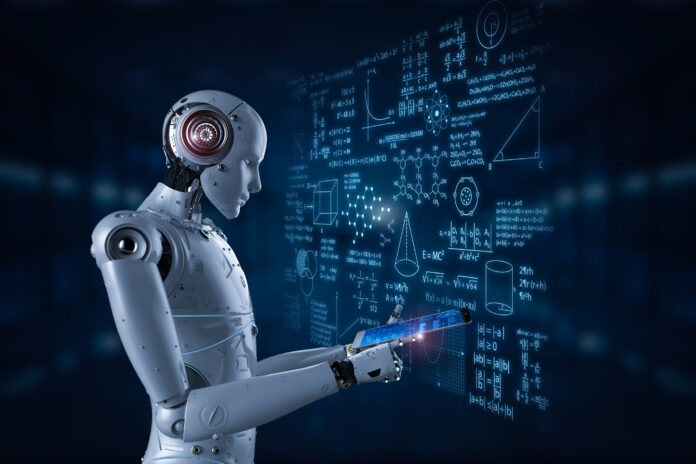Few archeologists and the University of Marburg are using AI and machine learning models to settle on their archaeological conclusions. In the conventional research method, the information gathered from many sources may not be sufficient to arrive at a substantive conclusion.
In one of their paper, researchers stated that with the combination of semi-supervised and unsupervised ML and chemometric applications on the samples of geological sources and obsidian artifacts collected from the archaeological site of inhabitants to local obsidian deposits have become evident. Obsidian is a volcanic glass that occurs naturally as a projecting igneous rock. These were mainly used for making chipped tools that were very sharp because of its characteristic. They also played a crucial role in the communication of Neolithic knowledge and experiences.
XRF spectroscopy is an essential tool for obsidian studies that can successfully discriminate between several groups of archaeological artifacts employing quantitative analysis. This paper also stated that combining XRF spectroscopy and machine learning algorithms assisted the researchers, to execute a procedure that instinctively finds out the number of groups in the samples based on their chemical characteristics along with their origin.
The machine learning method is a flexible and robust technique used for cluster analysis that consists of three separate modules that can be optionally combined into the Databionic Swarm (DBS). The application of DBS and the U-matrix extends evident benefits to traditional clustering algorithms. The Unified Distance matrix or the U-matrix, is a method used for the self-organizing map (SOM).
One of the research conducted by the Max Planck Institute for Human History and the University of Liverpool used AI-technique to assist in archaeological studies to differentiate different tools used from the Stone Age to the middle age. The machine learning neural networks are used for this study. They also hope to determine different cultural differences across the world.
A conventional method has an unsophisticated scale for extracting information or data. By integrating machine learning models and AI-based subsets, the course of digging up and finding out new information about the human civilization would be easier. Archaeology is a section that consists of various unexplored units, regions, and information that are not yet be reached by researchers and scientists.

